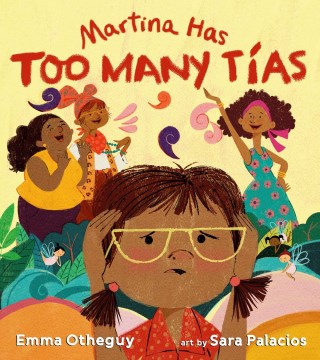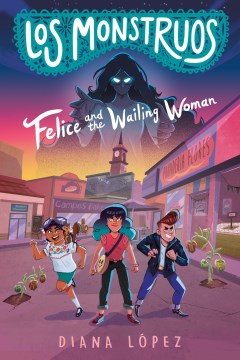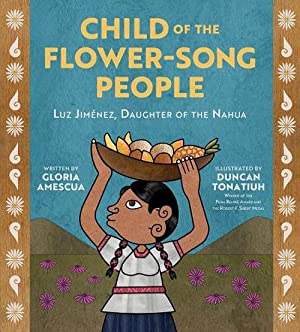
Martina is not happy that her three tias are coming to her home. They are loud and vibrant and they give her a headache. She slips into the kitchen to smell the pot of bubbling guava fruit and is transported to a wonderful island paradise, where she meets a variety of animals. Each animal wants to play. But, their voices are too loud for Martina. She meets a mouse, who sits quietly as he plays and it’s perfect! Eventually, he tires and leaves. This is when Martina becomes lonely and it seems almost too quiet. She is then transported back to her loving, lively family and tells her story. She realizes her family is special and her place is there with them.
This story is a nod to the Caribbean folktale “La Cucaracha Martina” and reminds us all that individuals come in all shapes, sizes (and volume) yet can fit together like puzzle pieces to make a nurturing close-knit family. The author’s note discusses this and the connection to “La Cucaracha Martina”. Digital collages illustrate the story beautifully in bright, vivid colors, which are especially appropriate in the illustrations of the tias. This is a fun, warm story that will definitely resonate with the quieter kids in the family.



